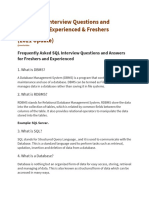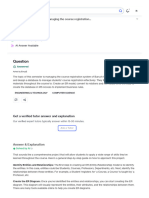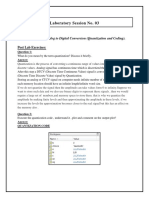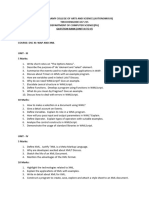0% found this document useful (0 votes)
27 views29 pagesDBMS
The document outlines key topics and interview questions related to Database Management Systems (DBMS), including basic concepts, SQL commands, normalization, and advanced topics like transactions and concurrency control. It provides definitions and explanations for various DBMS components, such as keys, joins, indexes, and ACID properties. Additionally, it covers differences between related concepts and includes practical SQL examples for better understanding.
Uploaded by
prakhar.sahu.cse.2021Copyright
© © All Rights Reserved
We take content rights seriously. If you suspect this is your content, claim it here.
Available Formats
Download as PDF, TXT or read online on Scribd
0% found this document useful (0 votes)
27 views29 pagesDBMS
The document outlines key topics and interview questions related to Database Management Systems (DBMS), including basic concepts, SQL commands, normalization, and advanced topics like transactions and concurrency control. It provides definitions and explanations for various DBMS components, such as keys, joins, indexes, and ACID properties. Additionally, it covers differences between related concepts and includes practical SQL examples for better understanding.
Uploaded by
prakhar.sahu.cse.2021Copyright
© © All Rights Reserved
We take content rights seriously. If you suspect this is your content, claim it here.
Available Formats
Download as PDF, TXT or read online on Scribd
/ 29























































































